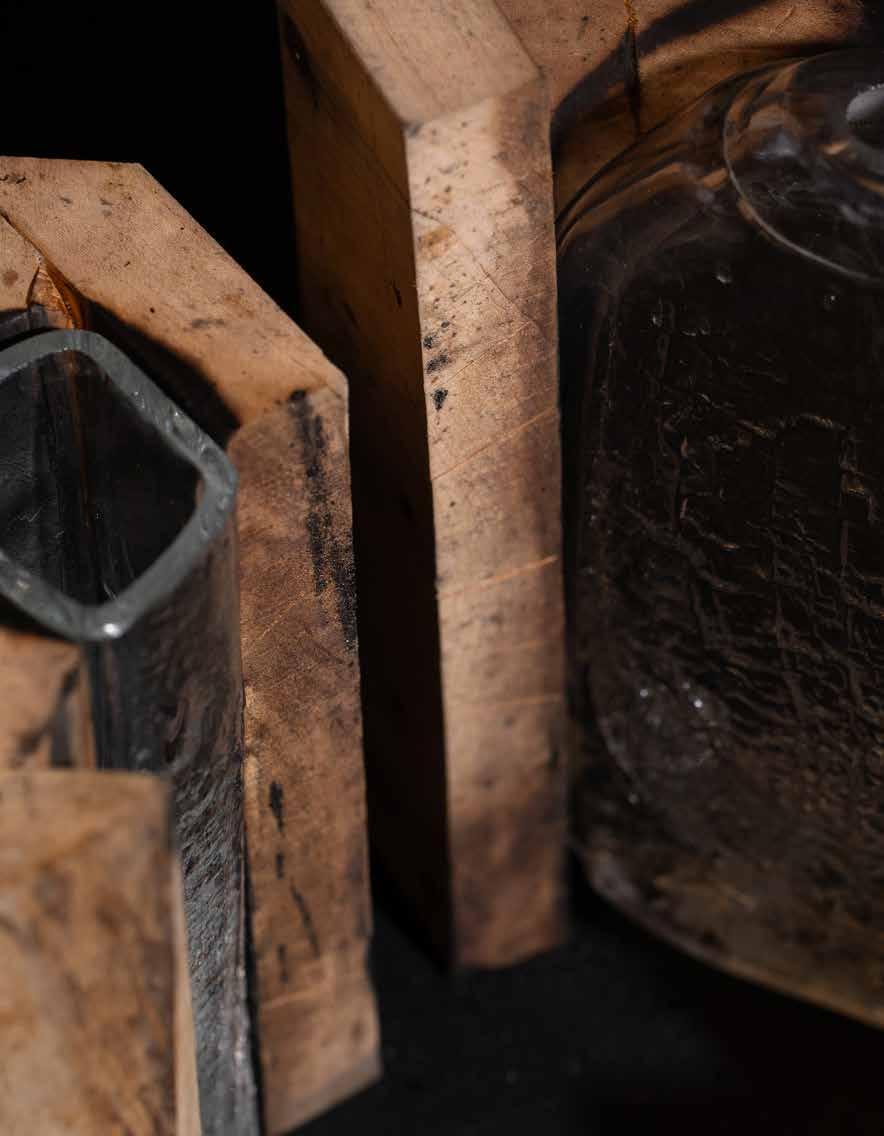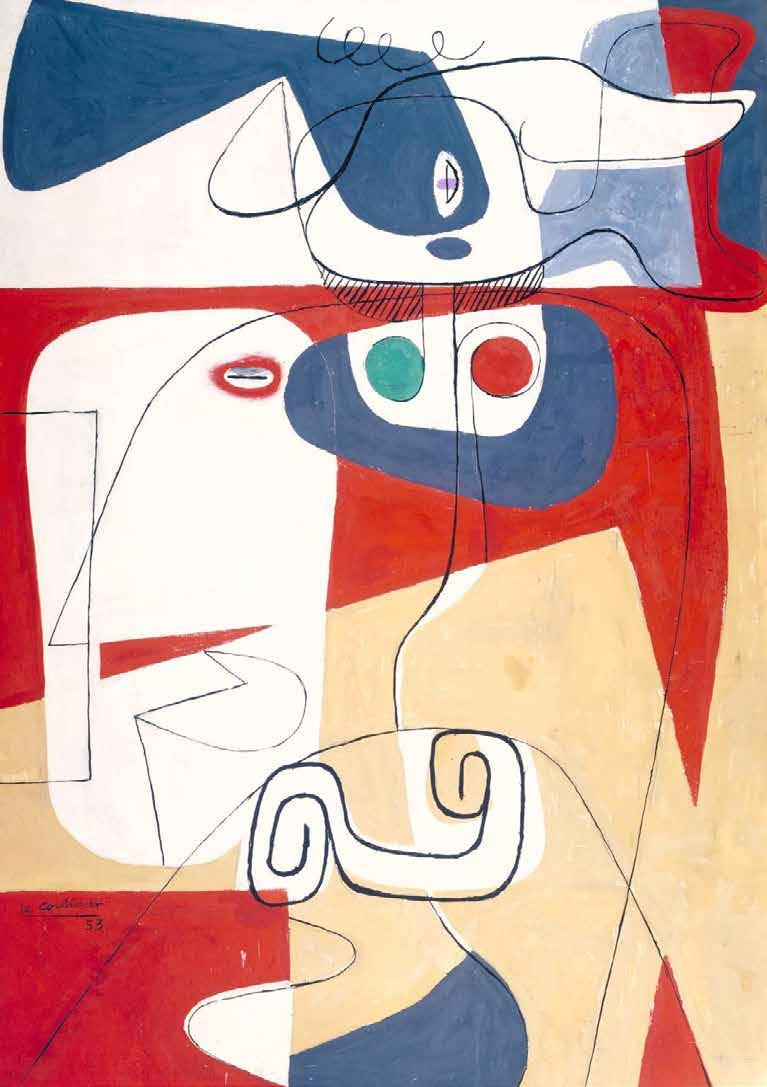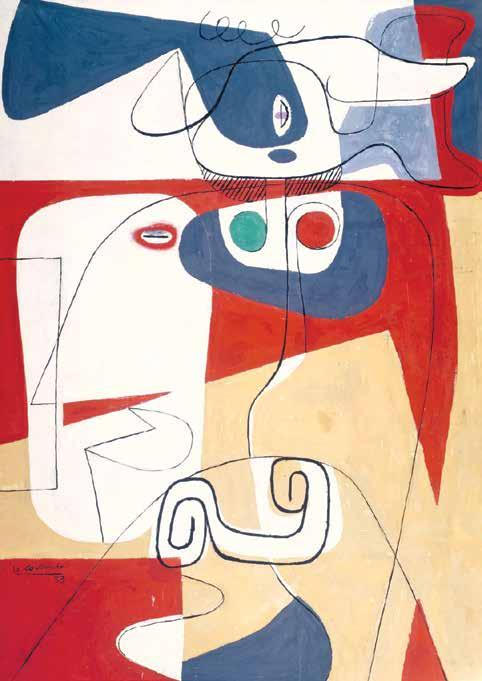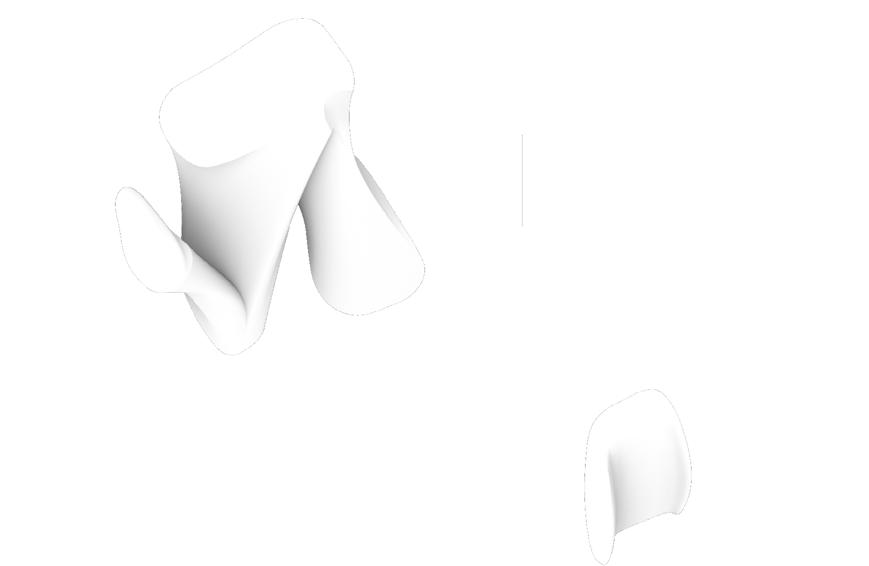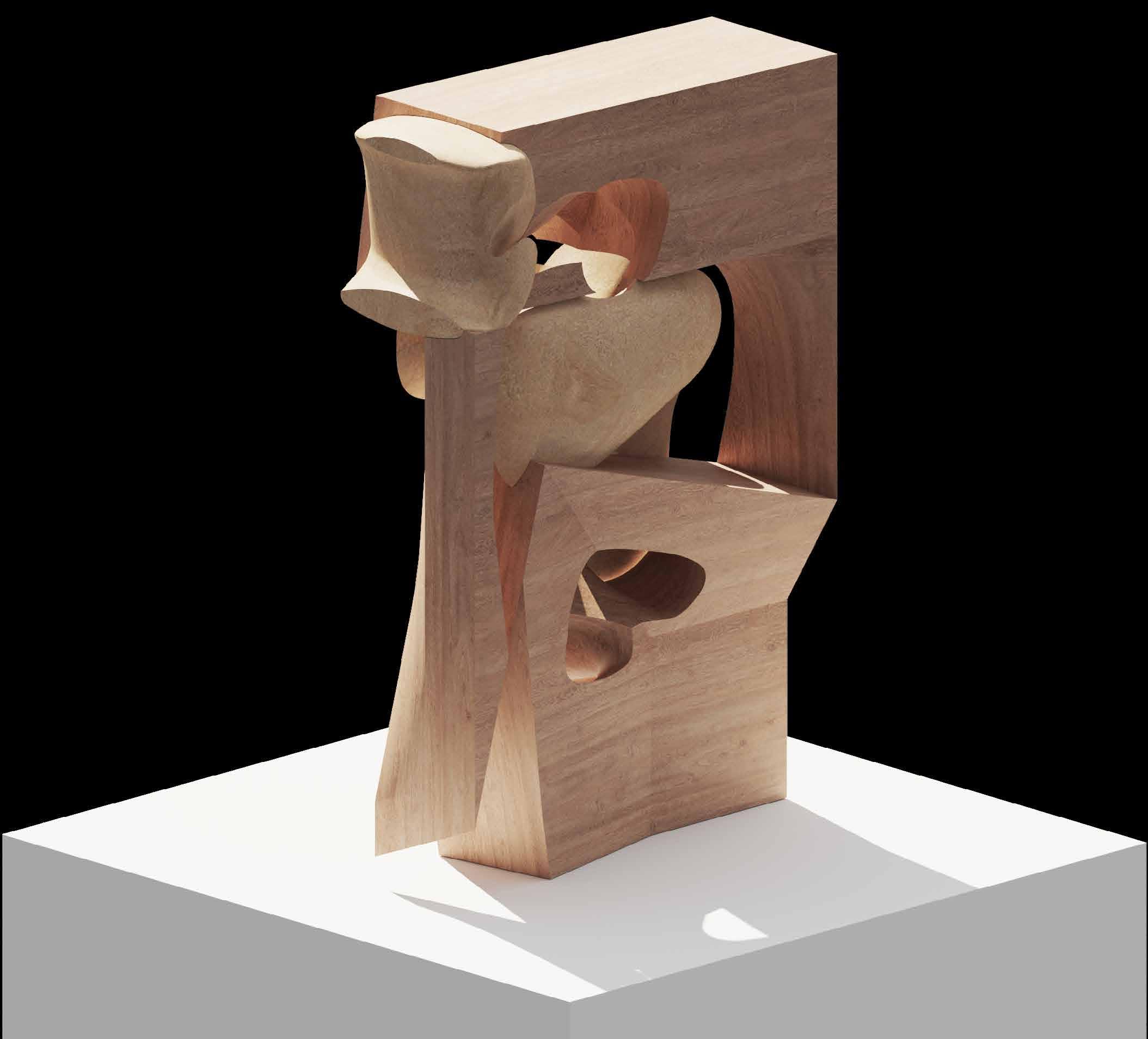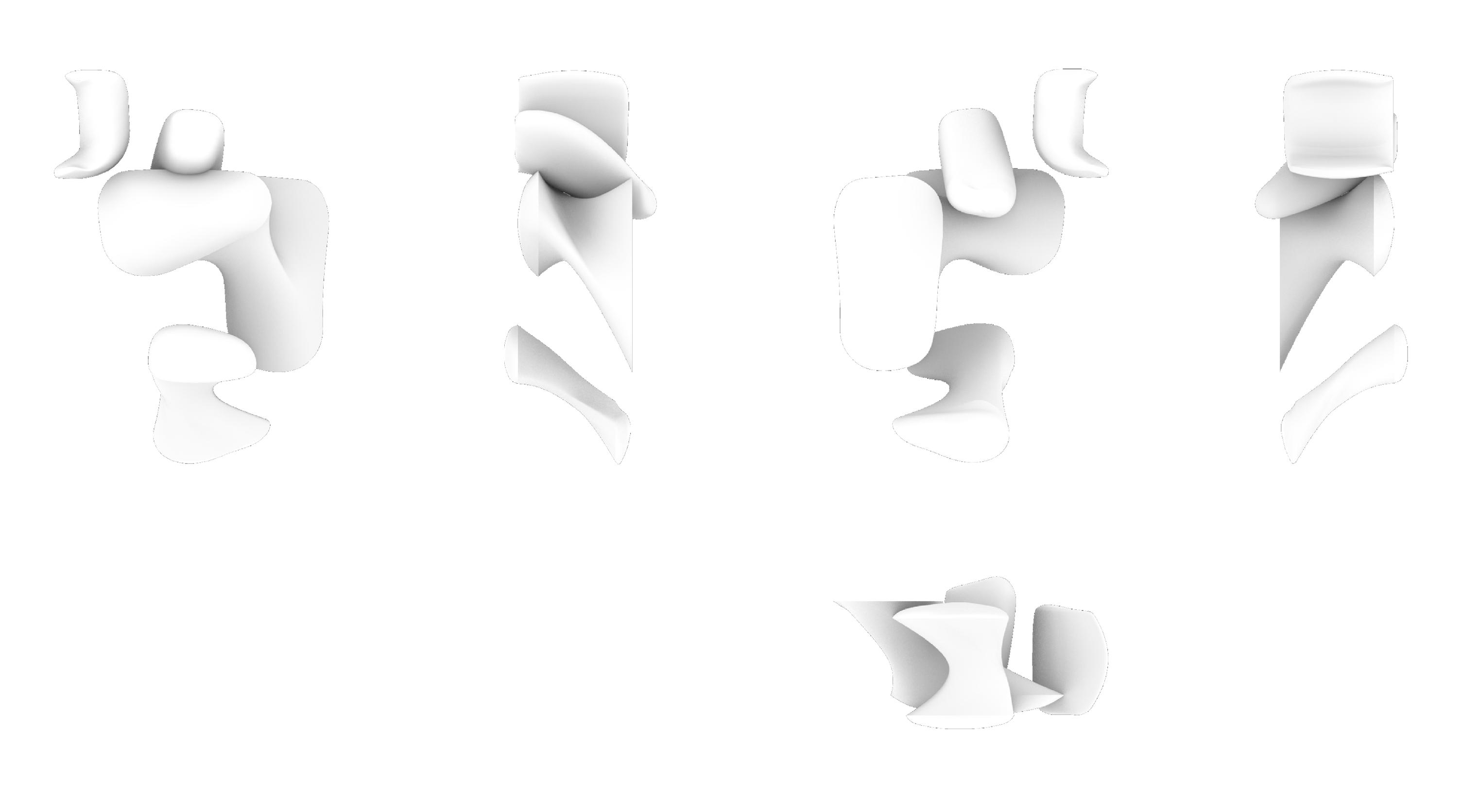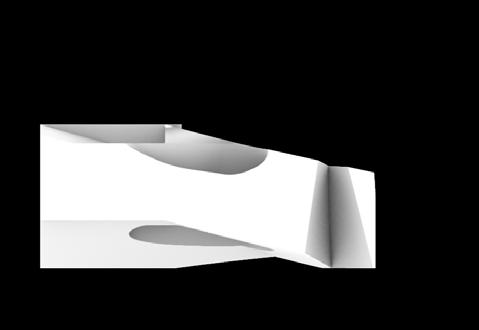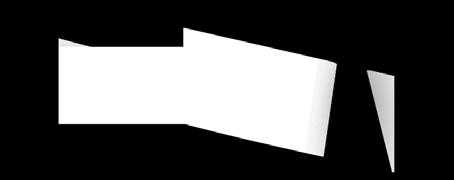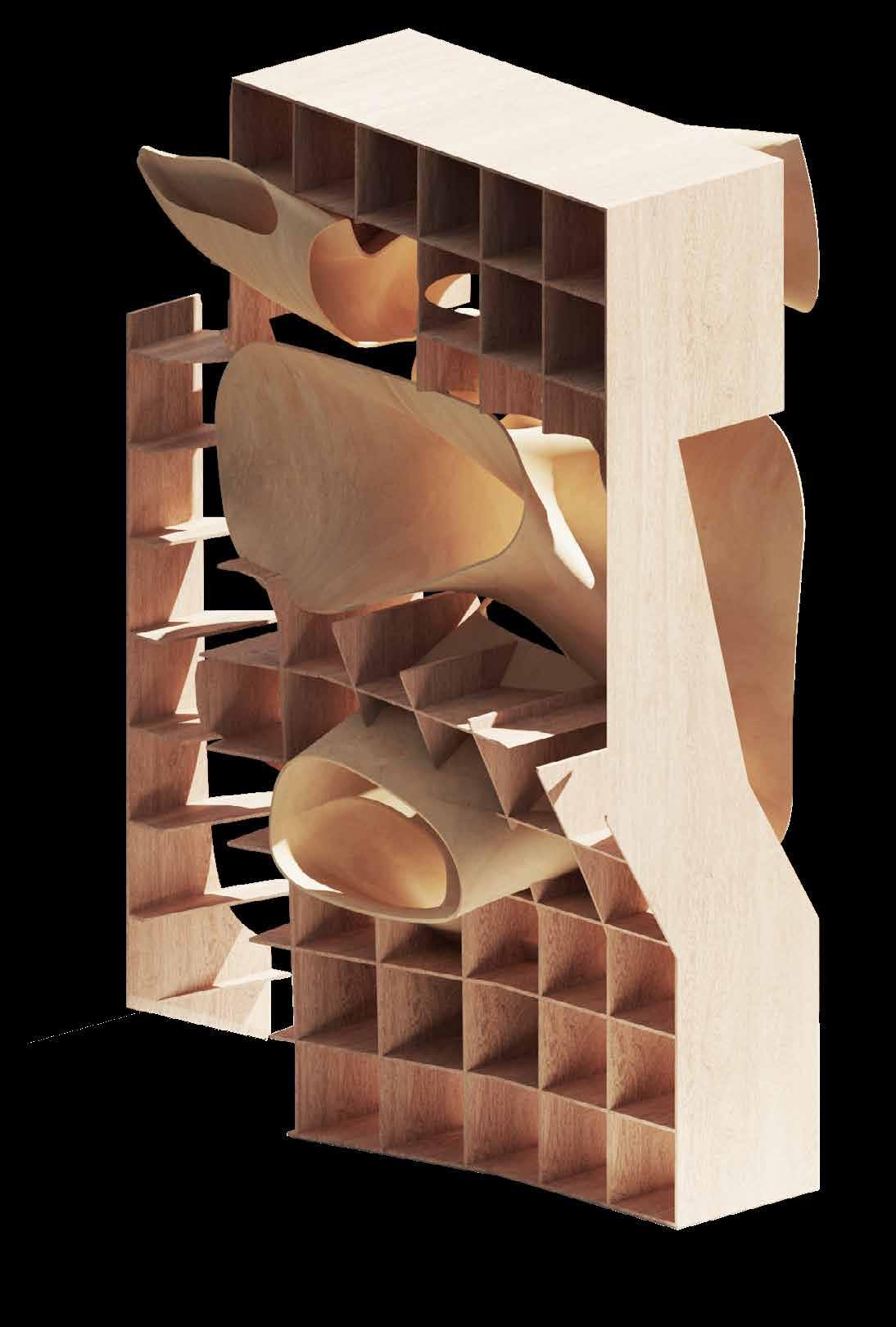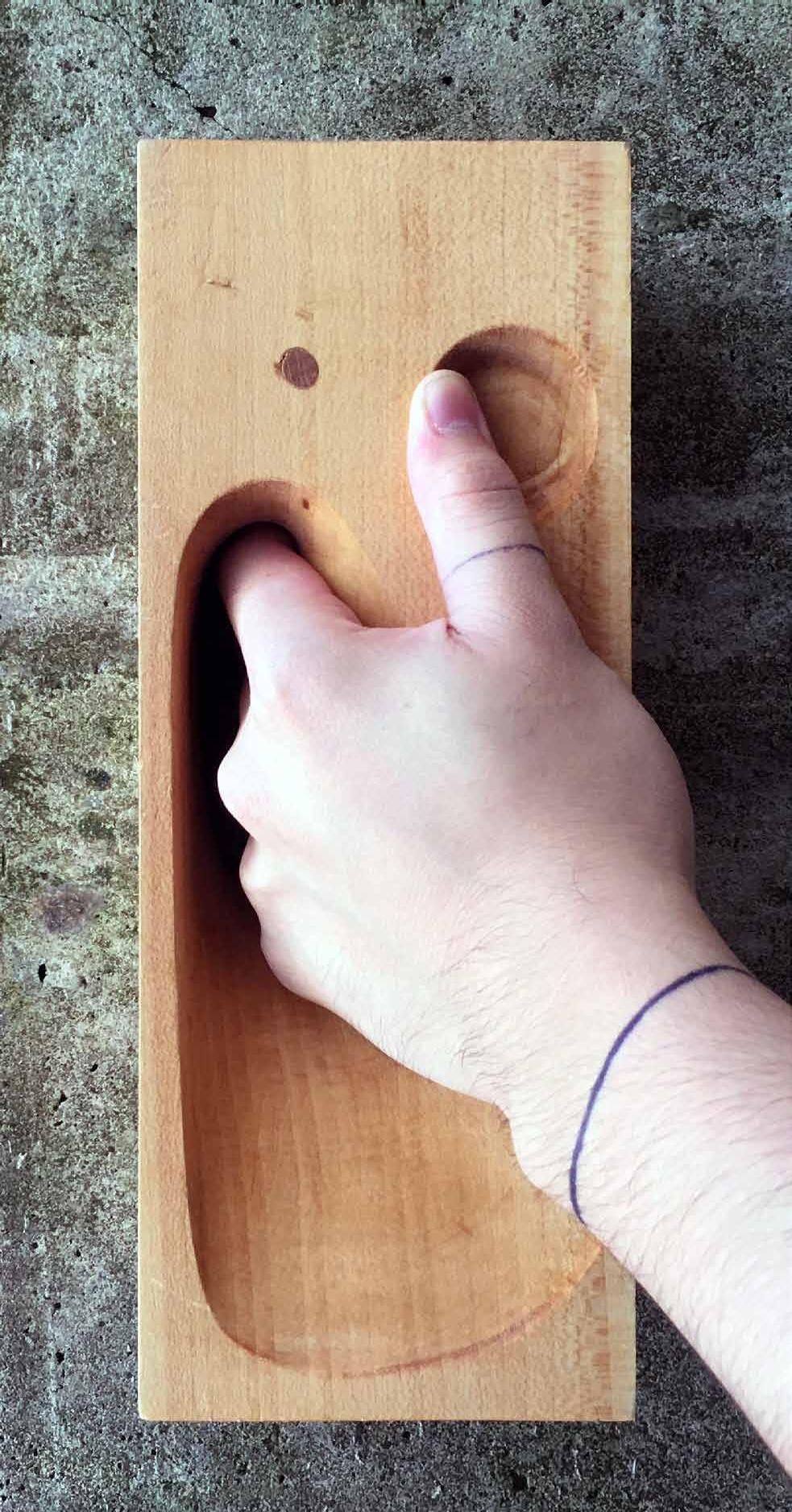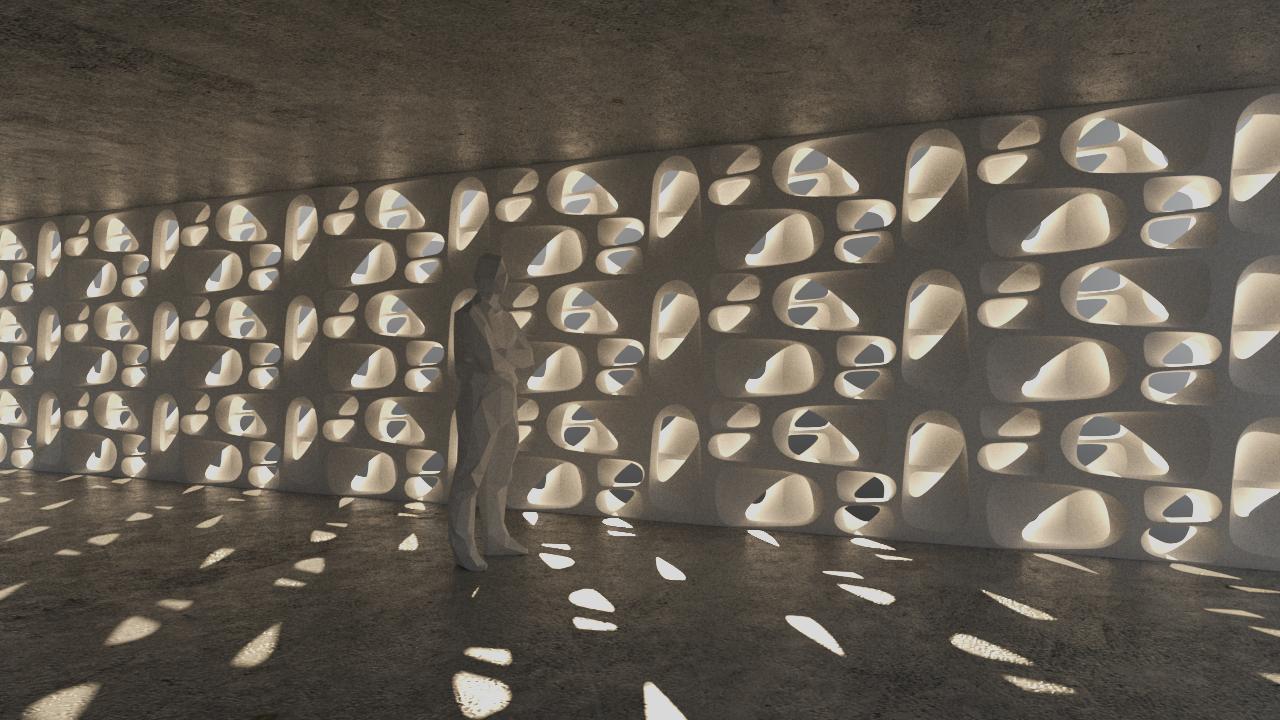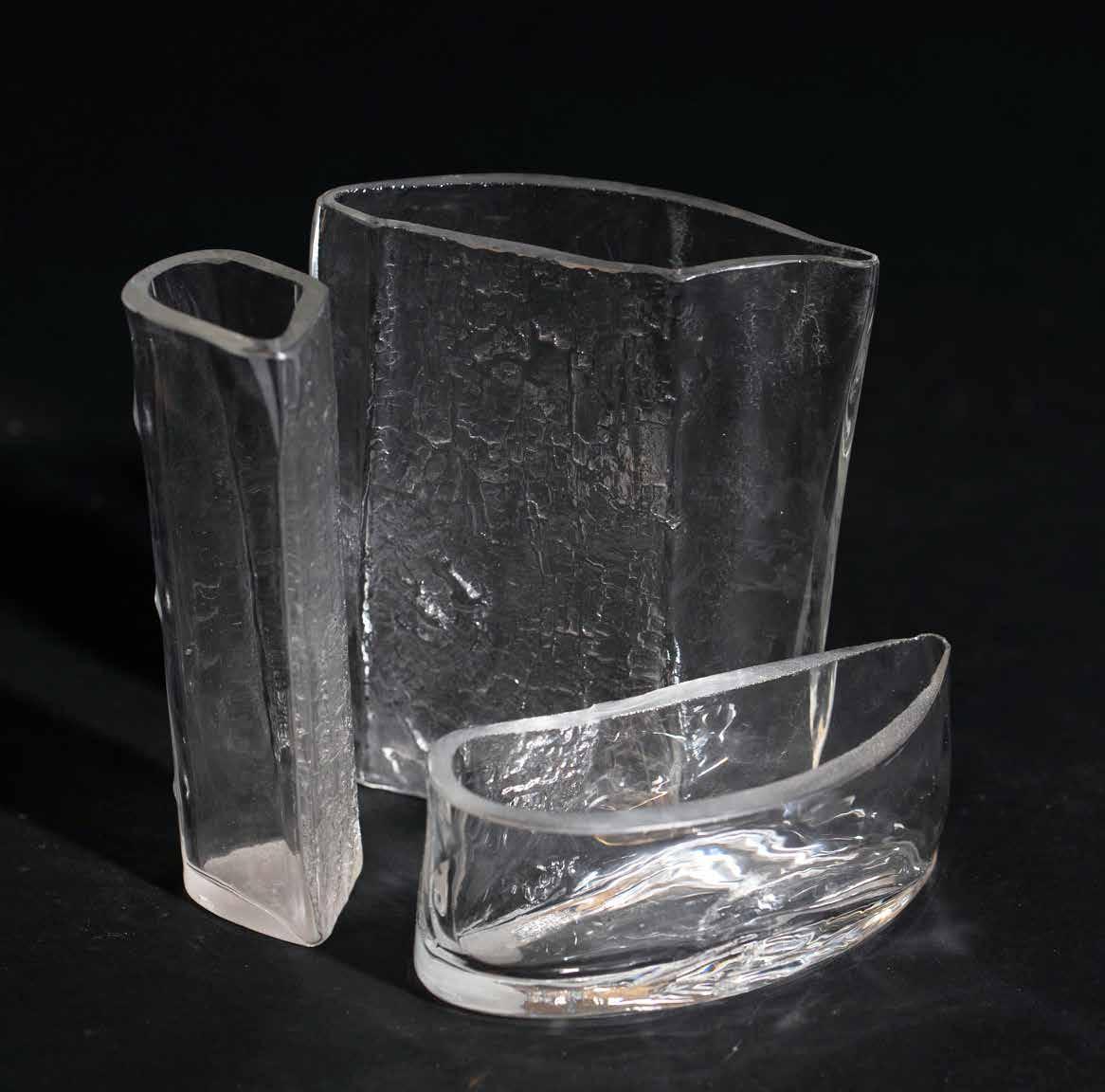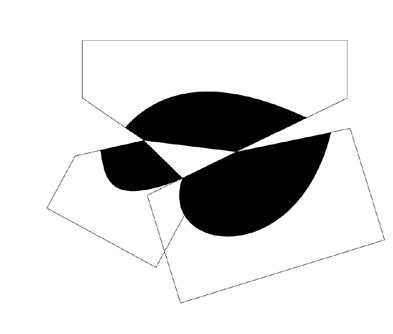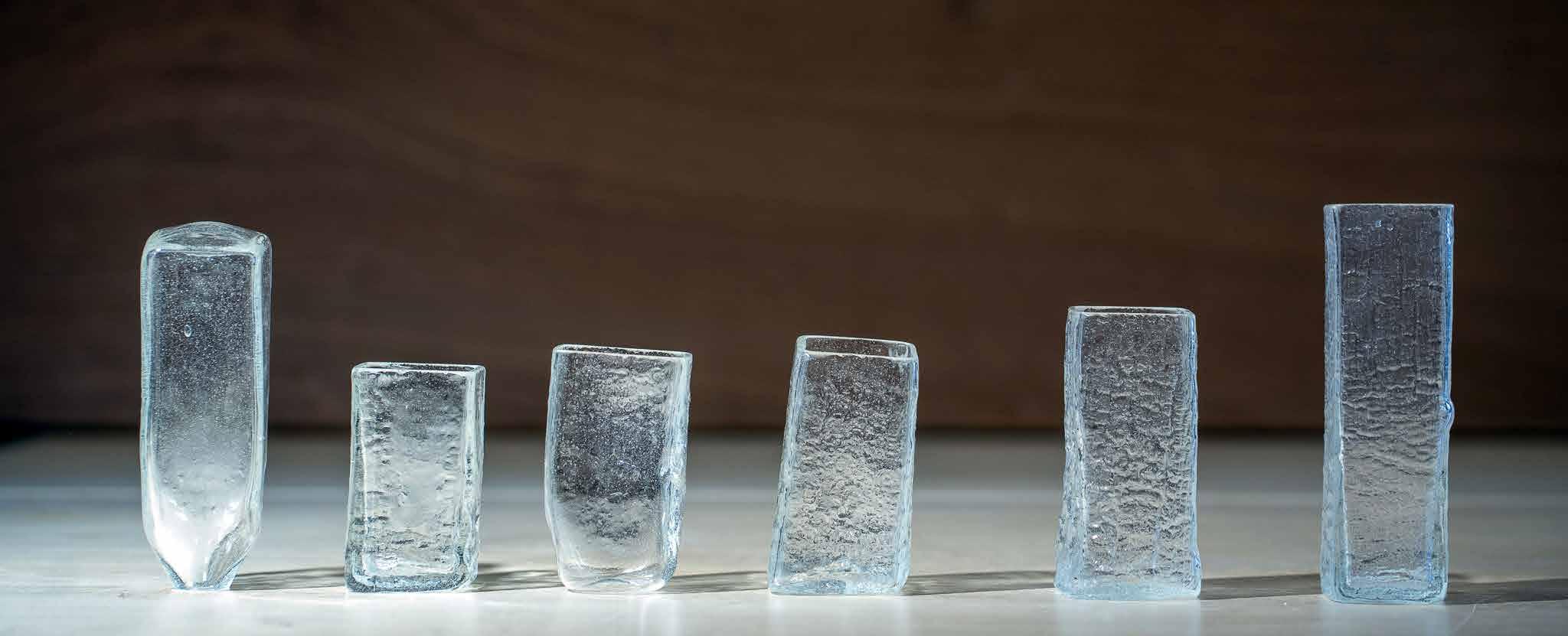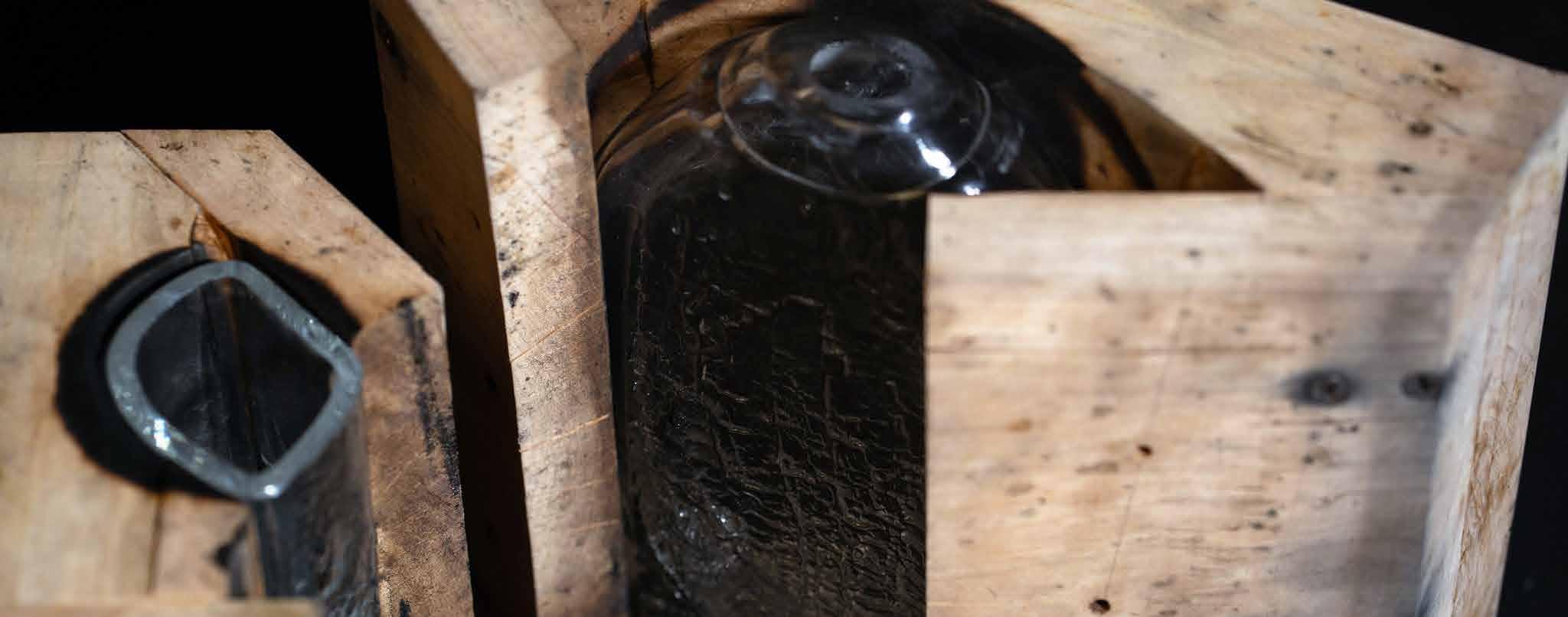PERSONAL STATEMENT
An architect can be an artist, an engineer, a sculptor, a politician, a writer. Or an architect can be all of these things. Architects are generalists. We curate and celebrate the space of the world and capture them in moments in time which we call architecture. The art of the architect is the spontaneous authentification of the past, the present, and the future.
“The sun does not know how wonderful it is until after a room is made.”
-Louis Kahn
LE CORBUSIER - “BULL III” | 01. Coordinated by Professor Jose Pertierra-Arrojo
A BUILDING’S HANDSHAKE - PROTOTYPING | 02. Coordinated by Professor Jeremy Ficca
STAGES OF WOOD - YAKISUGI | 03. Independant Study with Yonghao (Jerry) Zhang
TABLE OF CONTENTS
01. BULL III - LE CORBUSIER
Coordinated by Professor Jose
Pertierra-Arrojo
Le Corbusier’s “Bull” series (1953) explores the translation of three dimentional spatial experiences and compositions in the form of two dimensional paintings. Through transparency, Corbusier abstracts objects and voids into sillouettes, fields, and contours.
This blending and tiling of sillouette and contour results in a phenomenal transparency that is ambiguous and leaves the final interpretations within the eyes of each beholder. This project dissects these spatial compositions hidden within Bull III in order to recompose Le Corbusier’s work into an a spatial architectural composition.
“The painting is, in this sense, made up of semiautonomous and different spaces, which are described by silhouettes and which interact in various ways.”
Katherine Fraser Fischer (A Nature Morte)
02. A BUILDING’S HANDSHAKE- PROTOTYPING
Coordinated by Professor Jeremy Ficca
Consider the handle and its door as a handshake between the architecture and the individual. Interpret the handle as a mirror. The door is a threshold condition meant to be processed, intertwined with, and broken by the individual. The handle is no longer simply an operable side element, but now a component of the architecture.
The door handle presents a moment of pause; a change in pace. It can be a palette cleanser; a reset. It can mark moments of limbo to provide contrast in experience.
Consider a handle as a door or building’s eyes and ears. The Handle can provide a tone of grey between the black and white of inside and out. An individual tuning in to the architecture may now, in turn, be heard by it. These experiencespresent themselves as something greater than person and object.
“... silhouette explains plasticity: it is the outline of things which explains their volume ... pictures represent objects seen from in front, but their depth is implied in the lines.”
Bernhard Hoesli (Oppositions, Apres le Purisme)
Lighting Testing and Cast Mockups
07. STAGES OF WOOD, YAKI SUGI
Independant Study in Collaboration with Yonghao (Jerry) Zhang
Yaki Sugi is a traditional Japanese technique to weather proof and preserve exterior wood cladding by carbonizing its outer surfaces. It can also be used as a finish for various furnitures or to harden wooden tools and other elements. In this independant study, we leverage the heat resistive qualities of charcoaled wood and the ability of glass to capture abtract temporal forms.
Above: Three vases are crafted which capture the charcoaled quality of cedar planks. Placed together, the “charred” faces of these vases frame a central atrium intended to be reminiscent of a cedar log from which the planks were originally cut.
For these pieces, glass was blown into a series of hybrid two-part, dry-wet molds. In order for the molds to properly release such unconventional forms, cherry wood was soaked prior to blowing. This allows for a thin steam barrier to help release the glass and preserve the smooth interior. Cedar planks were then cut, reinforced, then pre-charred to complete the remaining “burnt” face of each mold. After being blown, the cedar is quickly unclamped and pulled away. These cedar sections are kept dry to preserve the yaki-sugi texture and allow for further charring in the blowing process.
Below: A recangular cedar mold is repeatedly blown full with glass to sequentially char its interior surfaces. From this study, we can examine the incremental growth of texture and phenomenal qualities in the resulting vases.
